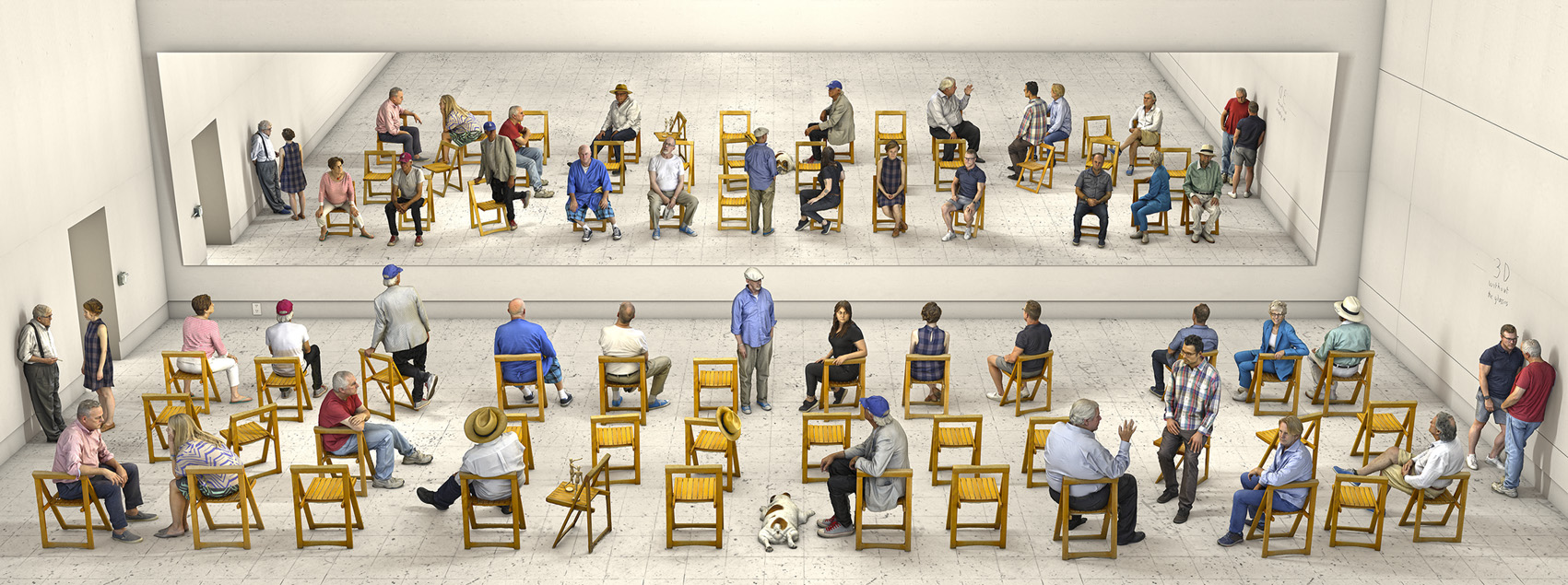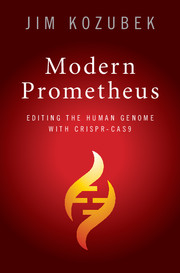Rapid Expert Consultation on Critical Issues in Diagnostic Testing for the COVID-19 Pandemic
Yesterday I was thinking about the implications of having spare structural capacity in hospitals for pandemics and disasters. With a larger capacity, the need for lockdown to preserve health system operations would be less important. However, how much capacity is needed is uncertain. Therefore, the cost and benefit of spare capacity of the health system is very difficult to estimate. And I would add, it is really much more difficult to manage such investment, because spare capacity in physical terms is not enough, you would need also spare capacity in human resources!. Maybe there is a technological innovation that I can foresee. Forget it.
Right now the hotest issue are the tests and the vaccine. And NASEM has released a rapid consultation of interest about tests.
This rapid expert consultation draws attention to four critical areas in developing diagnostic testing and strategies to reduce the number of COVID-19 infections and deaths: (1) advantages and limitations of reverse transcription polymerase chain reaction (RT-PCR) testing for viral RNA; (2) the status of POC testing; (3) testing strategies, namely, considerations in the deployment of types and sequences of tests; and (4) next-generation testing that offers the prospect of highthroughput, rapid, and less expensive testing.
If you want to know the state of the art, this is the document to read. I can't see anywhere any cost-benefit approach of different options...We are still dealing with precision and accuracy, i.e. effectiveness.
PS. Quite surprising that today everybody is talking about a vaccine and its 90% effectiveness without any scientific paper being published. Can you accept that?. Information merchants looking for attention.






